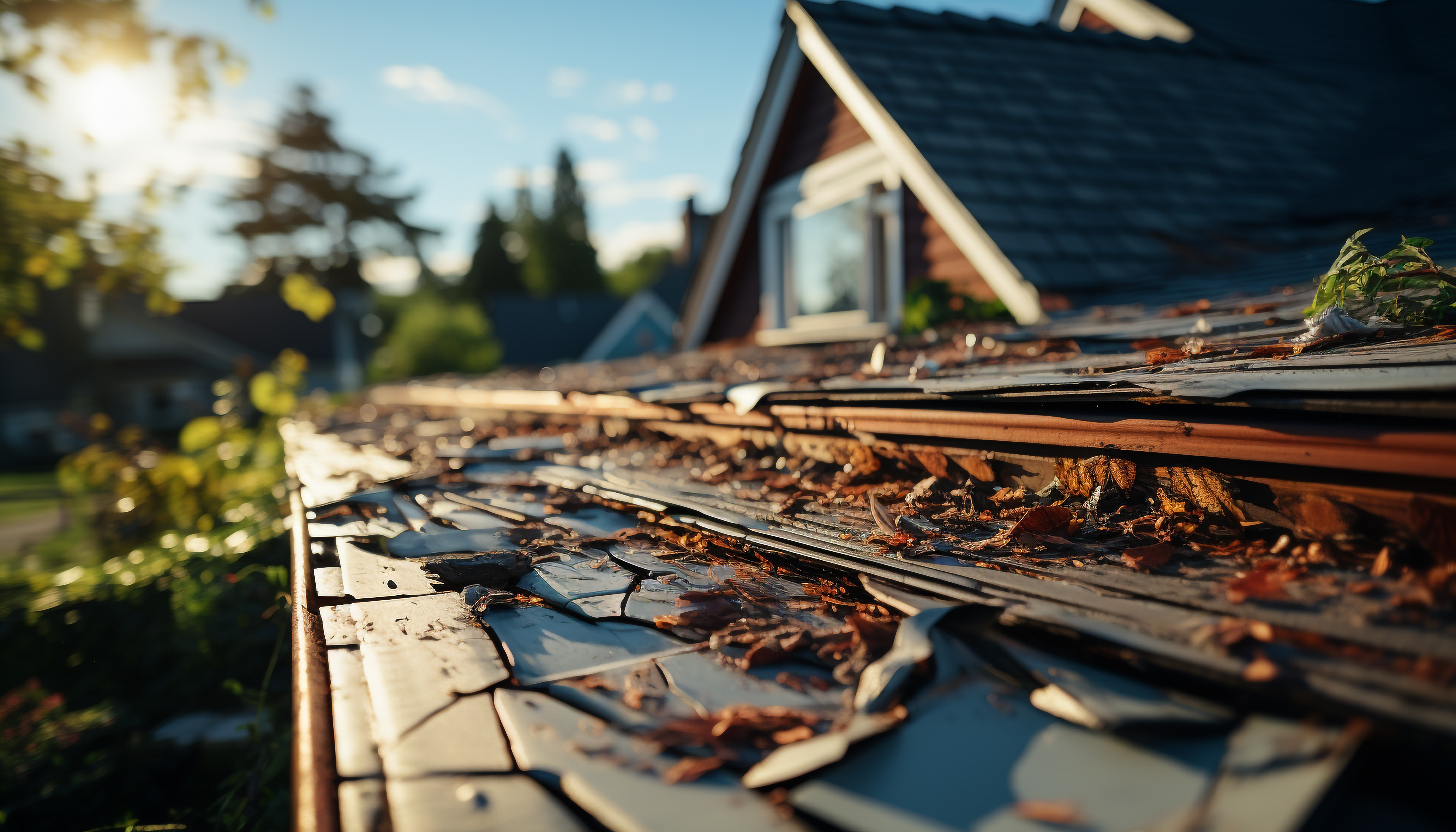
Filing A Claim For A Roof Leak
Coverage Determination Factors
Whether you can file a successful roof leak claim depends primarily on what caused the leak and your specific policy language. Sudden roof damage from covered perils like windstorms, hail, or falling trees typically receives coverage for resulting leaks and water damage. Storm-damaged roofing that allows rain penetration generally qualifies as covered water damage rather than excluded flood damage. However, roof leaks from gradual deterioration, poor maintenance, or normal wear and tear face denial under most homeowners' policies. The timing and causation of roof damage become crucial factors in determining claim eligibility, with insurers scrutinizing whether leaks resulted from sudden covered events or gradual uncovered deterioration.
Age and Maintenance Considerations
Insurance companies closely examine roof age and maintenance history when evaluating leak claims. Newer roofs experiencing sudden leak development following storms typically receive favorable coverage consideration. Older roofs may face scrutiny about whether leaks resulted from storm damage or pre-existing wear that would have caused problems regardless of weather events. Documentation of regular roof maintenance, recent inspections, and prompt repairs strengthens claim positions by demonstrating responsible property ownership. Conversely, evidence of deferred maintenance, missing shingles, or previous unreported leak issues can provide grounds for claim denial. Professional roof inspections before and after storm events help establish the condition baseline necessary for successful leak claims.
Documentation Requirements
Successful roof leak claims require comprehensive documentation linking the leak to a covered peril. Photograph the leak's interior manifestation, including water stains, damaged ceilings, and affected belongings, before any cleanup or repairs. Document the roof's exterior condition showing storm damage like missing shingles, hail impacts, or debris damage that created leak entry points. Weather reports confirming severe weather events on specific dates help establish causation for storm-related leaks. Professional contractor assessments identifying the leak source and connecting it to recent storm damage provide valuable evidence supporting coverage claims. This documentation becomes essential when adjusters evaluate whether leaks resulted from covered sudden damage or excluded gradual deterioration.
Claim Filing Strategy
When filing roof leak claims, emphasize the sudden nature of the damage and clear connection to covered perils. Report claims promptly after discovering leaks to prevent disputes about timing and causation. Avoid making statements about gradual damage or long-term roof problems that could undermine coverage positions. Take immediate steps to prevent further damage through tarps or temporary repairs while preserving evidence of the original leak source. Professional roof inspections can provide objective assessments of damage causation that support coverage arguments. If initial claim denials occur, consider obtaining independent engineering evaluations that may identify covered damage not apparent during initial adjustments. Understanding your policy's specific language regarding roof coverage and exclusions helps frame claims in terms most likely to receive favorable coverage determination.

